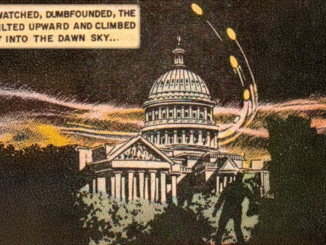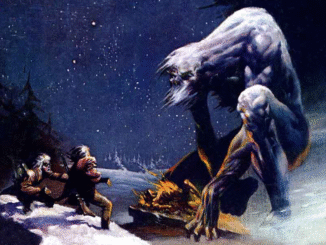
event
Bayes vs. the Invaders (Redivivus)
Unidentifiable aerial and marine phenomena. Impossible lights in the sky. Patterns of visitation and terror. Insidious influences from the hadal voids between the stars. Who–what–swoop and glide through the ink-black nights of our world, probing and testing our structures, our societies, our minds? From barely remembered history, to early reports of impossible objects, to blurrily evidenced documentation, data concerning flying arcane observations has grown and twisted, along with our capacity to lay them bare, to subject them to analysis, and to interrogate their secrets.
In this year’s OII Halloween Lecture, we will tremblingly revisit a Bayesian analysis of seventy years of UFO sightings, drawn from a dataset collected by the National UFO Reporting Center (NUFORC). Scepticism, fear, doubt, and most accepted standards of statistical rigor, will be cast aside in our unyielding and disquieting pursuit of an uncompromised truth.








